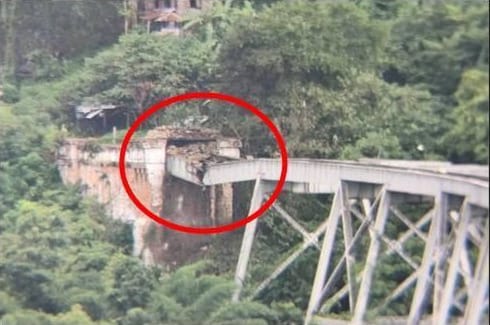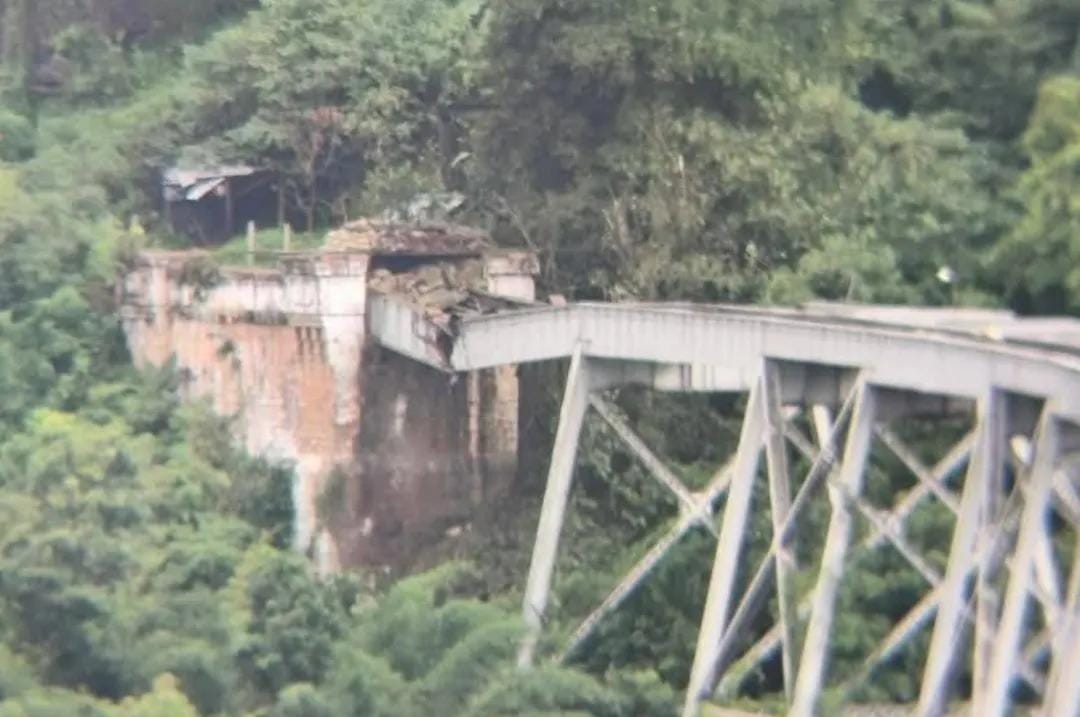Myanmar’s 125-Year-Old Goteik Viaduct Destroyed, Southwest Trade Corridor Severely Damaged
Myanmar’s historic Goteik Viaduct, a 125-year-old engineering marvel, has been destroyed amid military conflict, deeply affecting trade and heritage.

@toutiaonews 缅甸新闻快讯 #tt头条 缅甸百年历史“谷特铁路桥”被炸毁 #缅甸 #曼德勒 #腊戌 #myanmar #mandalay #lashio #ဂုတ်ထိပ်တံတား
♬ 原创音乐 - TT头条-Myanmar
The Historic Significance of the Goteik Viaduct
Built in 1899, the Goteik Viaduct wasn't just any bridge — it was a majestic marvel of engineering, the highest railway bridge in Myanmar and the second highest in the world. Stretching across a deep gorge, this bridge was more than a transportation link; it was a symbol of Myanmar’s rich heritage and an international tourist attraction. Its 125-year history witnessed countless stories, livelihoods, and dreams intertwined with each bolt and beam.
Its destruction troubles me deeply, as it represents the loss of irreplaceable heritage and a grim reminder of ongoing turmoil.

The Strategic Importance and Military Conflict
In recent months, Myanmar’s military has advanced through key towns such as Kunlong and Namtu, pushing towards Kyaukme. This movement is far from random; it is a calculated strategy to secure a vital trade corridor connecting Lashio, Muse, and Mandalay — a route that fuels commerce not just within Myanmar but with neighboring countries.
Amidst this, the Arakan Army (AA) blew up the Goteik Viaduct, about 14 miles south of Kyaukme. While the military's advance might not depend heavily on railways, the destruction of this bridge is symbolic and economically damaging — a retaliatory strike highlighting the complex, painful layers of Myanmar's conflict.

Economic and Cultural Fallout
The economic implications of this destruction cannot be overstated. The Goteik Viaduct was a key piece in the Southwest Trade Corridor, facilitating the flow of goods and raw materials. Disruptions mean delays, higher transportation costs, and increased regional instability. Local communities that depended on the bridge for tourism and commerce now face uncertain futures.
More poignantly, the loss of such a landmark diminishes Myanmar’s cultural landscape. The bridge's disappearance is a reminder of how conflict ravages not just lives but history, identity, and hope.

Looking Forward: Hope Amid Uncertainty
While the destruction of the Goteik Viaduct shakes Myanmar’s infrastructure and spirit, it also calls for resilience and renewed attention to preserving cultural heritage amid conflict. The world watches as Myanmar navigates a precarious path — one where peace and reconstruction must eventually take precedence.
For those who cherish history and human endeavor, the loss is upsetting and serves as a call to protect what remains and work towards healing the nation’s wounds.




